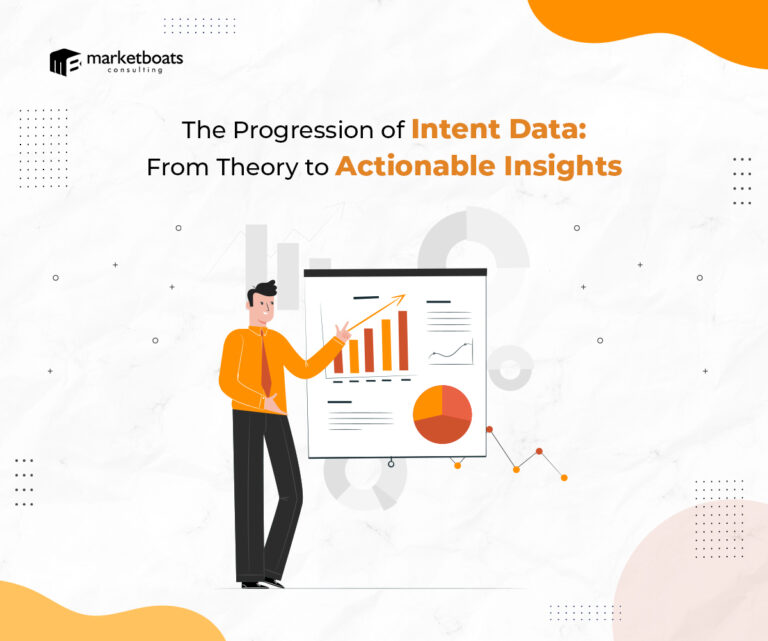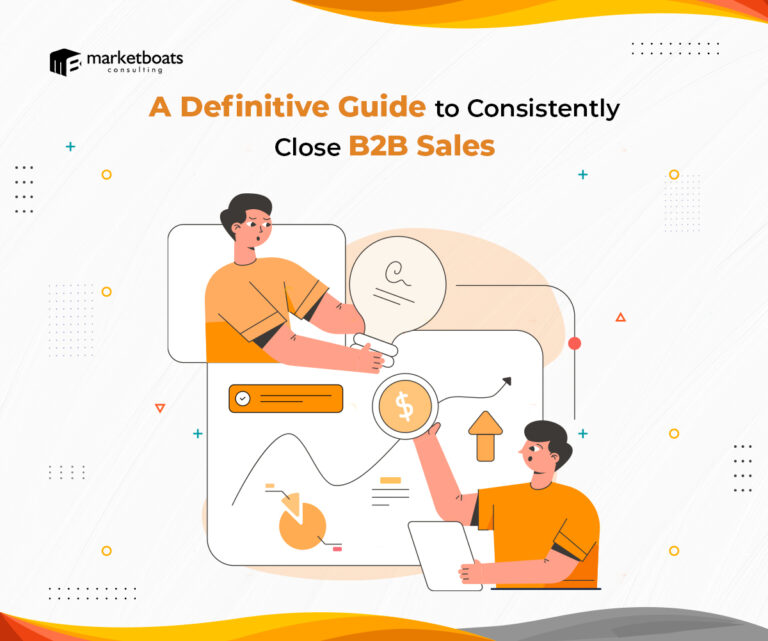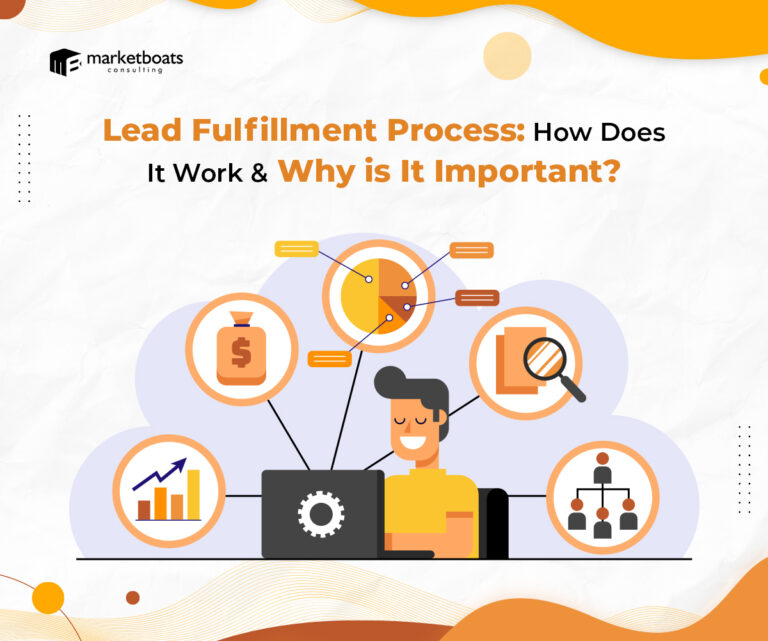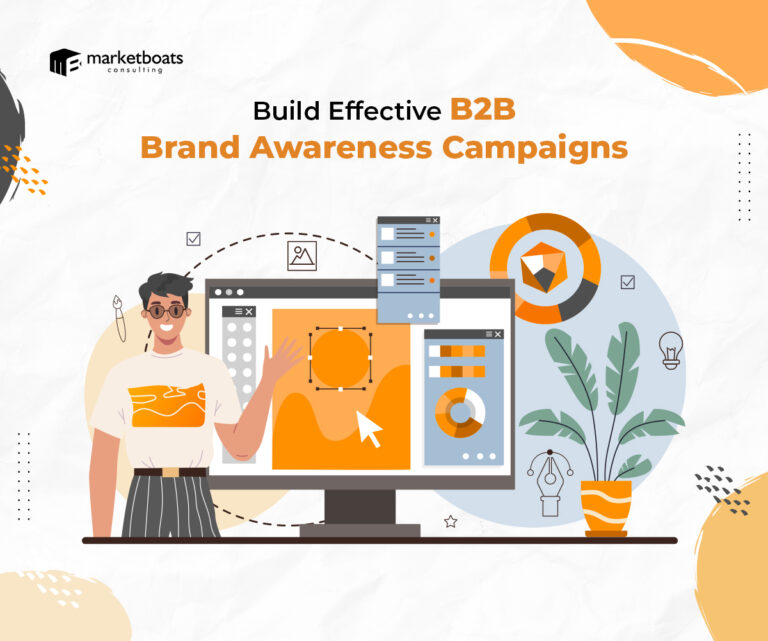This is the second blog in a two-part series on Predictive Lead Scoring. If you haven’t read Part 1 yet, check it out here
A generally accepted notion is that 20% of customers account for 80% of all sales. The key is to identify prospects with high conversion potential early on while they are still discovering your brand. You can use this information to deliver a differentiated experience, increasing conversion and retention.
Lead scoring has been a time-tested tool for driving customer lifetime value.
However, in the digital era, brands need to anticipate customer needs based on real-time data. In this blog, we’ll discover predictive lead scoring and how it can deliver transformative results for B2B brands.
What is lead scoring?
While we covered this in detail in Part 1, let’s take a short recap and look at some trends in Lead Scoring before we dive into Predictive Lead Scoring.
To increase sales, it’s critical for businesses to target the best-fit prospects while optimizing resource allocation. This is best achieved by ranking them based on their potential lifetime value to an organization. And to do this, each prospect is assigned a “score” based on specific criteria.
Some of the latest trends in lead scoring include:
- Successful companies are investing heavily in customized scoring models to improve lead quality and discover product needs or use cases.
- Many companies are moving toward predictive lead scoring to increase targeting accuracy.
- The goal is to leverage data to optimize the volume of prospects, create ICPs and identify high-value leads at each stage of the sales funnel.
- Marketing and sales teams use predictive lead scoring to monitor lead quality and deliver personalized offers.
Predictive lead scoring explained
For 31% of B2B marketers, the primary objective is to drive quality leads. But for 14% of these marketers, leads are not converting well.
Predictive lead scoring helps with this.
It moves several steps ahead of traditional lead scoring using Big Data and Machine Learning (ML). With this technology, it measures historical behavior and calculates conversion probability with top-level accuracy.
How is predictive lead scoring different from conventional methods? Here’s a snapshot.
| Parameters | Traditional Lead Scoring | Predictive Lead Scoring |
| Data source | Manual, and hence, limited | Leverages technology, therefore, extensive |
| Data gathered | Less | Large |
| Run by | Humans | New-age technology |
| Accuracy | Differs | High |
| Deployment complexity | Low | High |
Predictive lead scoring is popular in B2B
Predictive lead scoring is popular today among B2B marketers because, unlike the traditional approach, it fuses data from multiple sources (internal and external) to provide a realistic estimate of customer value.
Thus, it can:
- Generate a single score that can be tracked by all stakeholders and used to build a strong sales pipeline.
- Enable granular targeting and, therefore, maximize ROI on marketing investments.
- Increase efficiency and collaboration across teams, namely sales, marketing, and customer support.
- Improve overall conversion and subsequently reduce the customer acquisition cost.
It’s no wonder 65% of companies increased spending on predictive analytics for sales and marketing.
Developing a predictive lead scoring model
Developing a predictive lead scoring model may seem like a daunting task. But we’re here to make it easier by listing four key steps in building an effective model.
Step 1: Identify the main objective
Start with selecting the goal or outcome for your overall lead generation effort, such as conversion, retention, or yield.
Step 2: Identify key predictor attributes
Next, define the criteria for scoring across the lead lifecycle. These behavior attributes capture different aspects of customer needs and are discussed in detail below.
Step 3: Training the model
Before using the model, it needs to be trained to identify the relationship between the objective variable and predictor or behavior attributes. For example, if someone purchases a subscription from you, the model will identify this as a prospect and score them.
Step 4: Scoring prospects with the model
Lastly, define the score values and set appropriate limits so you can classify leads into buckets based on the conversion probability (hot, warm, or cold).
And voila, your Predictive Lead Scoring model is ready.
What are the typical attributes used to score leads?
As mentioned in Step 2, these are the typical predictor attributes B2B marketers use.
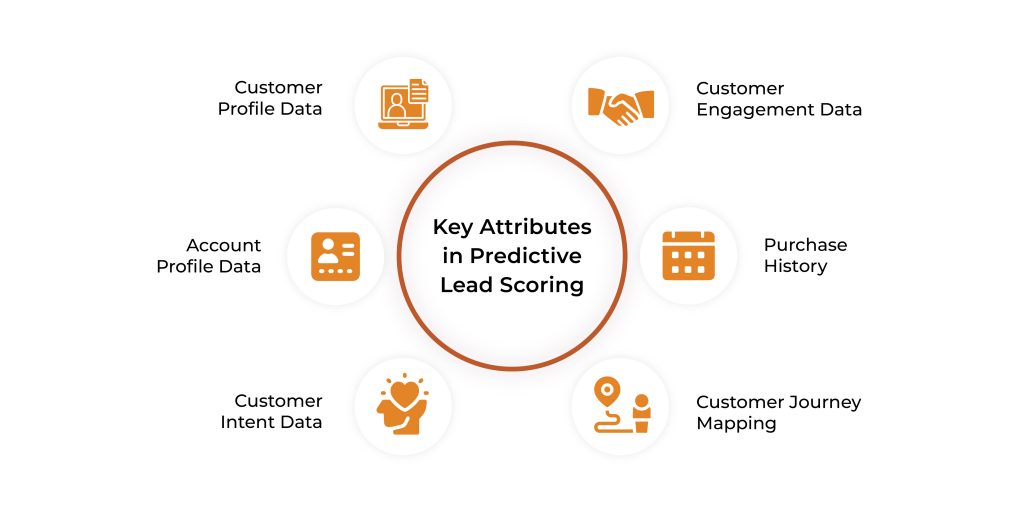
Customer profile data
Demographics such as age, location, job title, industry, tenure, personas, and so on are critical attributes across industries.
Account profile data
These are firmographics (or business-related factors) such as company size, type, revenue, or industry.
Customer intent data
Leads can be scored based on data to build context (implicit) around customer needs (explicit).
Customer engagement data
It considers how customers engage with you via emails, click-through events, website visits, form-fills, eBook downloads, newsletter subscriptions, and more.
Purchase history
As the name suggests, it includes frequency, average spending, and volume of purchases.
Customer journey mapping
Lead attribution is based on the channel used and content consumed throughout the customer journey.
This qualitative and quantitative data framework provides deep insights into customer behavior and conversion probability. Once you’ve identified and collected data on the relevant attributes, you can set up the relationship between them and good customer behavior by using an ML model.
Evaluating the predictive lead scoring model
To test and validate your lead scoring model, you can:
- Train several models
ML is all about learning continuously. You won’t get an accurate model on the first try. Training is needed for multiple models to objectively compare their performance until the accuracy plateaus at a favorable level.
- Identifying a good model
You know you’re on the right track when prospects with a higher score behave and convert more consistently than those with lower scores.
- Identifying a poor model
You need to continue testing if you encounter prediction errors. These errors could include not predicting a high-quality customer or incorrectly coming up with false positives, where cold leads are assigned higher scores.
Integrating predictive lead scoring into sales & marketing workflows
A key aspect of predictive lead scoring is defining realistic performance KPIs and integrating them into workflows for sales and marketing teams. After all, this would prove the success of your lead scoring model in real-world conditions.
To achieve this, you can:
- Divide customers into buckets based on their predicted lead scores and the percentage of sales attributable. This will allow your sales team to drive conversions through a targeted approach.
- Monitor the relative highs or lows in the target metric (conversion, retention, or others) and purchase rate relative to the predicted lead score.
- Identify reasons that cause leads to drop out or lose interest at any stage of the buying journey. Based on this data, you can develop personalized offers to accelerate their decision-making process.
The Bottom Line
Predictive lead scoring creates a multiplier effect for sales and marketing teams. However, building a lead generation platform from scratch or even upgrading an existing one can be expensive and time consuming. With Marketboats, you can leverage a proven, future-ready solution with plug-and-play functionality for your business growth.
To accelerate customer lifetime value while reducing customer acquisition costs, contact us today!

